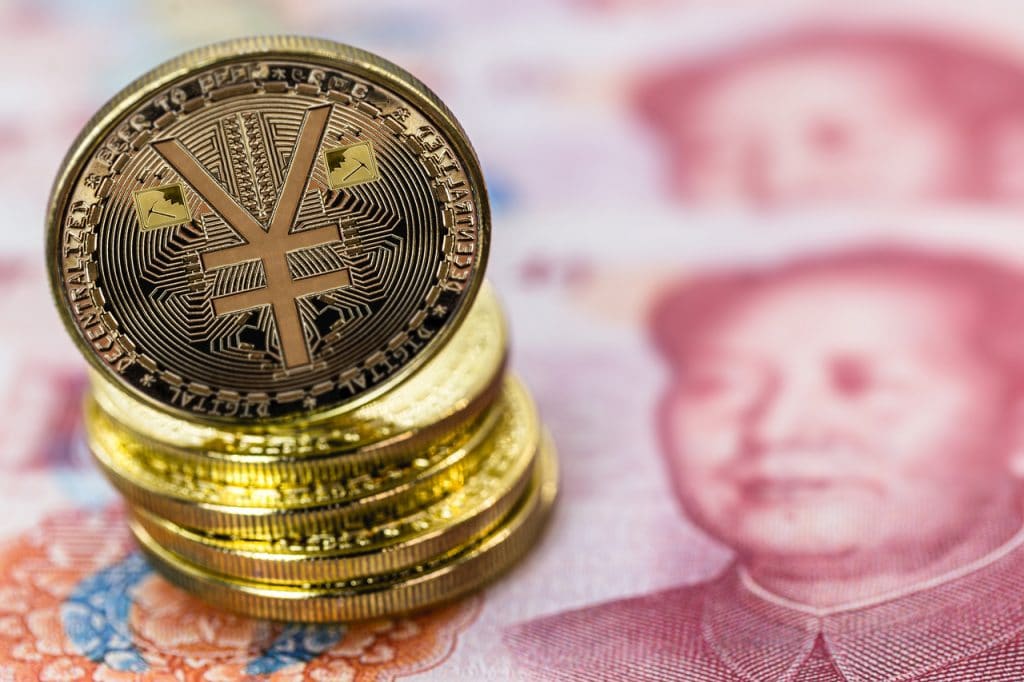China’s Push for Yuan in BRICS Trade Faces Global Resistance
21.04.2025 9:00 1 min. read Alexander Stefanov
Since 2022, China has been actively promoting the yuan as a go-to currency for trade among BRICS nations, capitalizing on geopolitical rifts—particularly after Western sanctions hit Russia.
With Moscow turning to the yuan for major transactions, and countries like Iran, India, the UAE, Nigeria, and Belarus following suit, Beijing seemed to gain traction in its campaign to globalize its currency.
However, the momentum hasn’t translated into meaningful gains in global currency reserves.
According to data from the Atlantic Council, the yuan’s share in international reserves remains modest. Despite increased usage, it poses no real challenge to the dominant role of the U.S. dollar.
Some BRICS members are beginning to distance themselves from the yuan.
India, for instance, has scaled back usage, reportedly due to concerns that adopting China’s currency would give its regional rival greater leverage. Longstanding tensions between New Delhi and Beijing—especially over trade and border issues—make full yuan integration politically sensitive.
While Beijing’s efforts signal ambition, the path to dethroning the dollar is steep. Even the euro and pound, far more established, have failed to dent the greenback’s supremacy.
For now, China’s dream of a globally accepted yuan remains just that—a distant ambition rather than an imminent reality.
-
1
Billionaire Slams Meme Stock Hype and Sounds Alarm on U.S. Fiscal Health
15.06.2025 18:00 2 min. read -
2
Robert Kiyosaki Predicts 2025 “Super-Crash,” Urges Hoarding Gold, Silver, and Bitcoin
23.06.2025 13:31 2 min. read -
3
Billionaire Investor Sees Dollar Crash If Key Support Breaks
18.06.2025 15:00 1 min. read -
4
Nassim Taleb Says Global Trust Is Shifting from the Dollar to Gold
22.06.2025 17:00 1 min. read -
5
Geopolitical Shockwaves Hit Ethereum Hard While Bitcoin Stays Resilient
22.06.2025 16:21 1 min. read
Robert Kiyosaki Predicts When The Price of Silver Will Explode
Robert Kiyosaki, author of Rich Dad Poor Dad, has issued a bold prediction on silver, calling it the “best asymmetric buy” currently available.
U.S. PCE Inflation Rises for First Time Since February, Fed Rate Cut Likely Delayed
Fresh data on Personal Consumption Expenditures (PCE) — the Federal Reserve’s preferred inflation gauge — shows inflation ticked higher in May, potentially delaying the long-awaited Fed rate cut into September or later.
Trump Targets Powell as Fed Holds Rates: Who Could Replace Him?
Federal Reserve Chair Jerome Powell is once again under fire, this time facing renewed criticism from Donald Trump over the Fed’s decision to hold interest rates steady in June.
U.S. National Debt Surge Could Trigger a Major Crisis, Says Ray Dalio
Billionaire investor Ray Dalio has sounded the alarm over America’s soaring national debt, warning of a looming economic crisis if no action is taken.
-
1
Billionaire Slams Meme Stock Hype and Sounds Alarm on U.S. Fiscal Health
15.06.2025 18:00 2 min. read -
2
Robert Kiyosaki Predicts 2025 “Super-Crash,” Urges Hoarding Gold, Silver, and Bitcoin
23.06.2025 13:31 2 min. read -
3
Billionaire Investor Sees Dollar Crash If Key Support Breaks
18.06.2025 15:00 1 min. read -
4
Nassim Taleb Says Global Trust Is Shifting from the Dollar to Gold
22.06.2025 17:00 1 min. read -
5
Geopolitical Shockwaves Hit Ethereum Hard While Bitcoin Stays Resilient
22.06.2025 16:21 1 min. read


